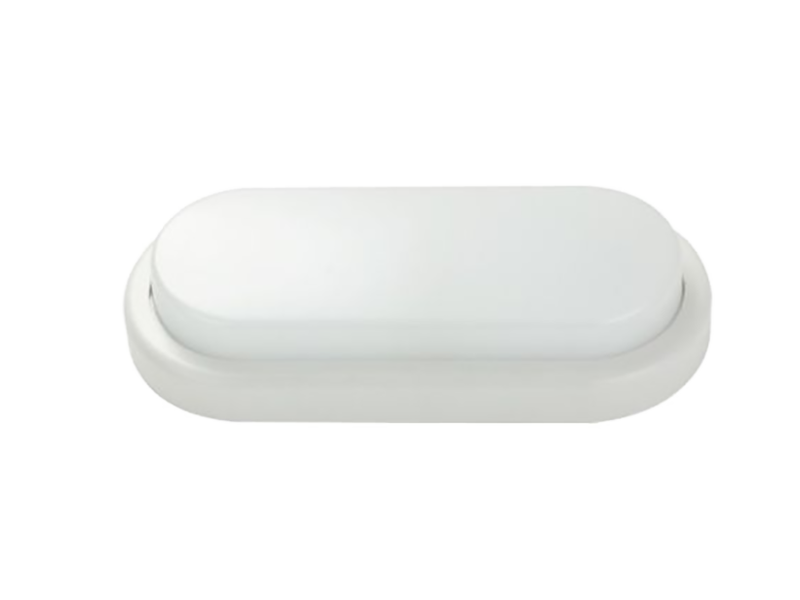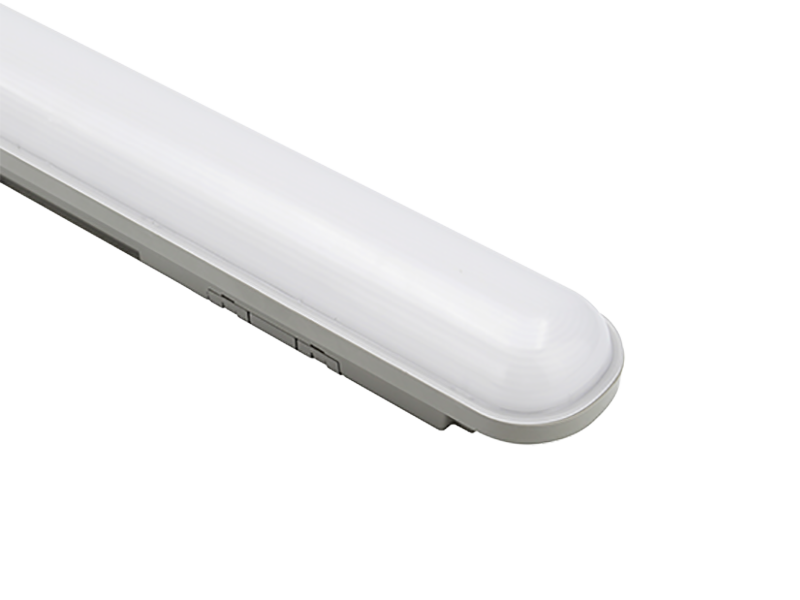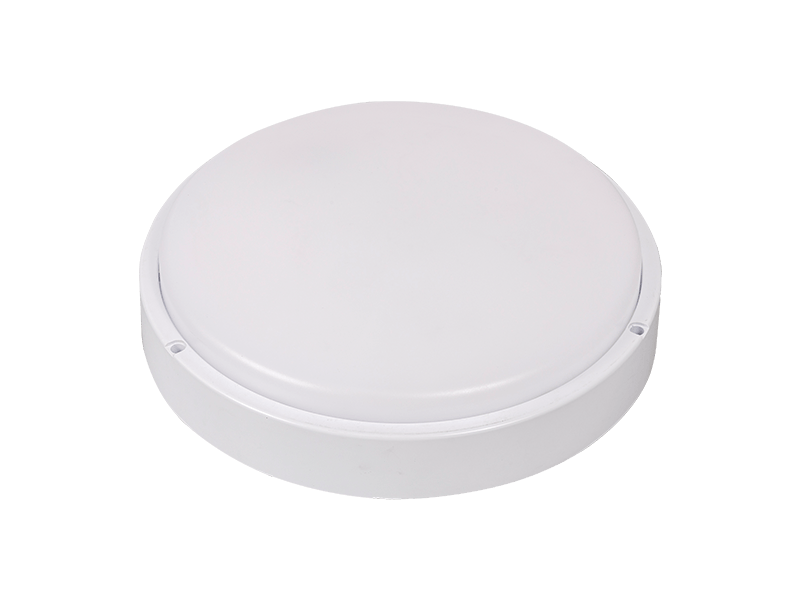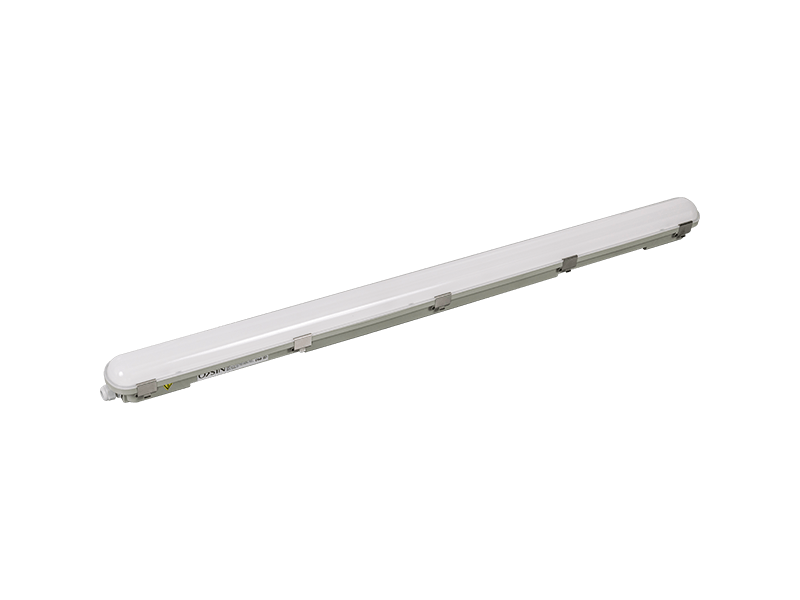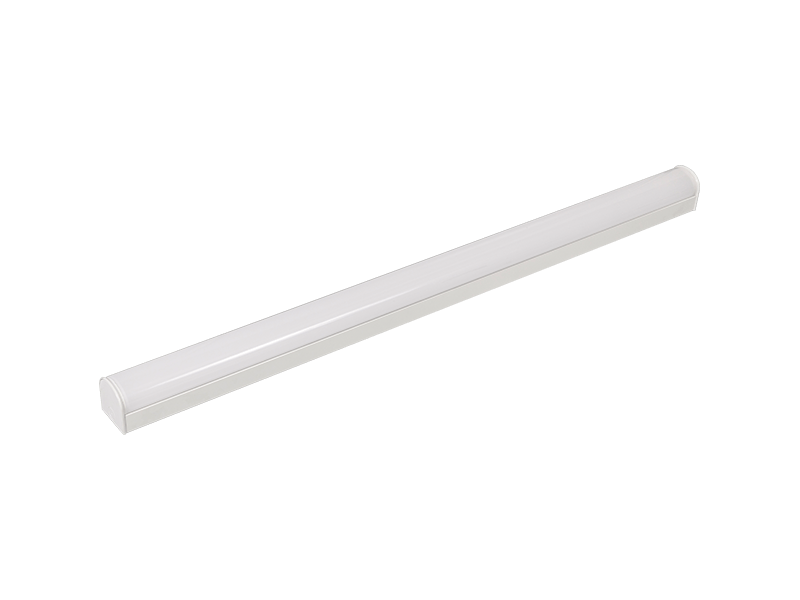I can provide you with some information about brass nipple fittings. Brass nipple fittings are commonly used in plumbing and fluid transfer applications to connect pipes or hoses together. Here are some key points to know about brass nipple fittings:
-
Material: Brass nipple fittings are made from brass, which is an alloy primarily composed of copper and zinc. Brass is known for its durability, corrosion resistance, and excellent machinability. It is a popular choice for plumbing fittings due to its strength and reliability.
-
Construction: Brass nipple fittings typically consist of a cylindrical rod with male threads on both ends. The threads allow for a secure connection with other threaded fittings, such as pipes, valves, or hoses. The length of the nipple can vary depending on the application requirements.

-
Thread Types: Brass nipple fittings can come with different types of threads, such as NPT (National Pipe Thread) or BSP (British Standard Pipe). These threads are designed to provide a tight and leak-free connection when properly threaded into compatible fittings.
-
Size and Diameter: Brass nipple fittings are available in various sizes and diameters to accommodate different pipe or hose dimensions. It is important to select the appropriate size to ensure a proper fit and a secure connection.
-
Versatility: Brass nipple fittings are versatile and can be used in a wide range of applications. They are commonly used in plumbing systems, air and gas lines, fluid transfer systems, and other industrial settings where a reliable connection is required.
-
Corrosion Resistance: Brass has inherent corrosion-resistant properties, making brass nipple fittings suitable for use in both indoor and outdoor applications. However, it is important to consider the compatibility of brass fittings with the specific fluid or environment they will be exposed to, as certain chemicals or corrosive substances may affect the performance and lifespan of the fittings.
-
Maintenance: Brass nipple fittings are relatively low maintenance. Regular inspections for signs of corrosion or damage, such as leaks or degradation of the threads, are recommended. If any issues are identified, the fittings should be replaced or repaired as necessary.
It's important to note that brass nipple fittings are not recommended for use with drinking water systems, as the lead content in some brass alloys may exceed the safe drinking water standards. In such cases, it is advisable to use lead-free brass fittings specifically designed for potable water applications.
When selecting brass nipple fittings, it is important to consider the specific requirements of your application, including the size, thread type, and compatibility with the fluid or environment. Consulting with a plumbing professional or referring to the manufacturer's guidelines can help ensure the appropriate selection and installation of brass nipple fittings.

 Search
Search English
English Español
Español